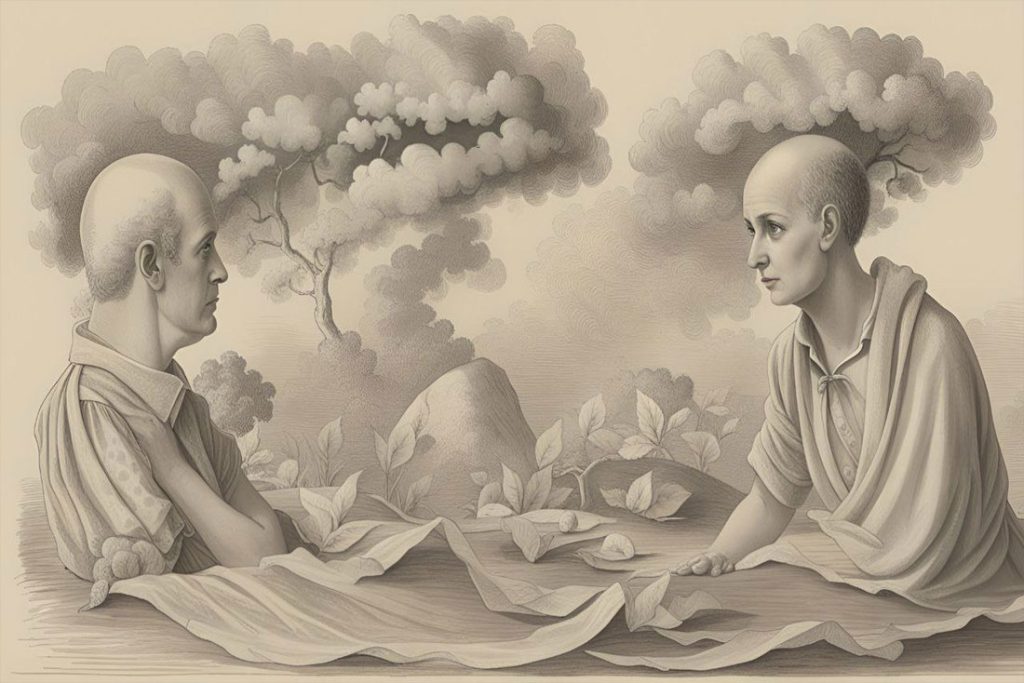Alopecia Areata: A Comprehensive Guide for Cosmetologists
As a cosmetologist, you’re often the first to notice changes in your clients’ hair and scalp condition, and one of the most perplexing challenges you may encounter is alopecia areata. Although medical intervention is often required for treatment, your role in identifying, managing, and supporting individuals with this condition is invaluable. This article aims to be a comprehensive guide for cosmetologists seeking a deeper understanding of alopecia areata.

Understanding Alopecia Areata: An Autoimmune Disorder
Alopecia areata is an autoimmune disorder, wherein the body’s immune system mistakenly targets its own cells—in this case, the hair follicles. Unlike other forms of alopecia like androgenic alopecia, this condition causes hair loss in round or irregularly shaped patches, usually on the scalp, though it can also affect other parts of the body.
The Mechanism: From Anagen to Telogen
In a healthy hair cycle, hair growth occurs during the anagen phase, followed by periods of rest (telogen). In alopecia areata, white blood cells attack the hair follicles during the anagen phase, halting growth, and causing the hair to prematurely enter the telogen phase, leading to hair loss.
Prevalence: A Widespread Concern
A staggering 6.8 million people in the United States experience alopecia areata at some point in their lives. Though the scalp may appear entirely normal, the sudden loss of hair can be alarming, to say the least.
The Role of Cosmetologists in Managing Alopecia Areata
Initial Identification
- Observation: During hair styling or treatment, cosmetologists may be the first to notice the signs of alopecia areata. The presence of round patches devoid of hair on a seemingly healthy scalp can be an initial clue.
- Client Consultation: If such signs are observed, a sensitive and private consultation with the client is essential. While it’s crucial not to diagnose, gently advising a healthcare consultation can be helpful.
Support and Non-medical Advice
- Camouflage Techniques: Offer styling solutions that can hide the affected areas. For instance, suggest hairstyles that offer more coverage or volume.
- Product Recommendations: Suggest products designed for sensitive scalps or those that provide a volumizing effect to help mask the appearance of hair loss.
- Psychological Support: Hair loss can significantly affect self-esteem. Being empathetic and supportive can go a long way. However, never underestimate the power of professional psychological help and recommend it when necessary.
Educational Role
- Information Dissemination: Keeping informative pamphlets and brochures in your salon can help educate your clients about alopecia areata, reducing stigma and promoting awareness.
- Lifestyle and Nutritional Tips: While these won’t cure alopecia areata, a balanced diet and reduced stress can sometimes aid in overall well-being, which could be beneficial for skin and hair health.
When to Refer to Healthcare Professionals
It’s essential to understand that cosmetologists can provide support but not medical treatment. Advise your client to consult a dermatologist for diagnosis and treatment, which may involve corticosteroid injections, topical ointments, or other immunosuppressive medications.
Conclusion
Alopecia areata is a challenging and often distressing condition for those who experience it. While the main course of treatment lies in the medical field, the support and guidance a cosmetologist can offer are invaluable. Your role extends beyond styling and aesthetics; you act as a confidant, a counselor, and often, the first line of awareness for conditions like alopecia areata. Being well-informed allows you to serve your client better and guide them on their journey to recovery or management of this condition.






